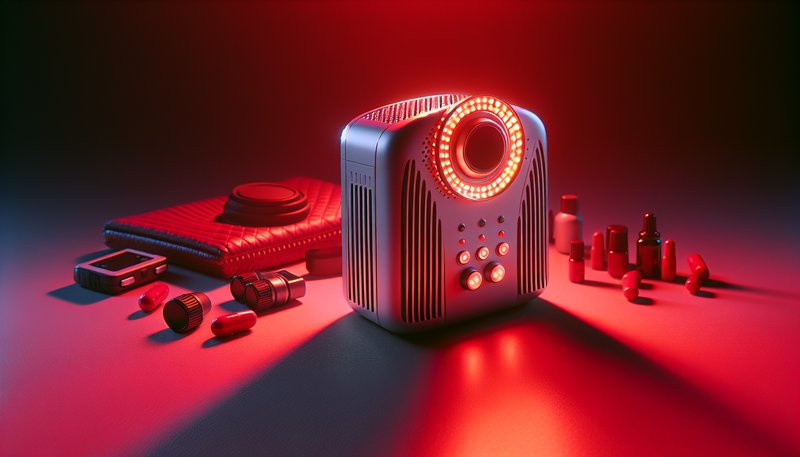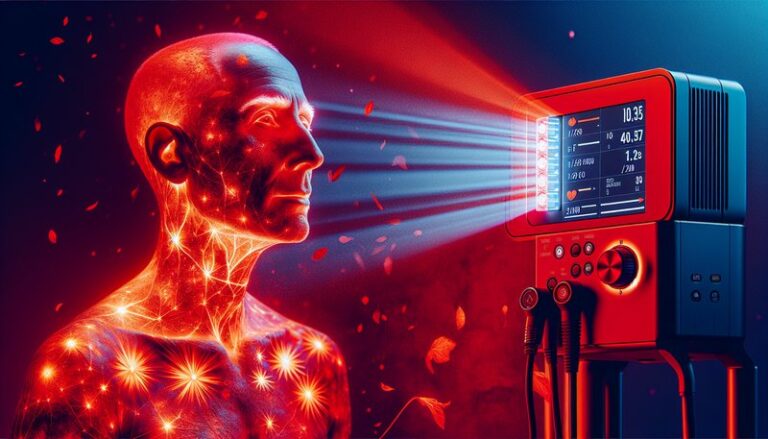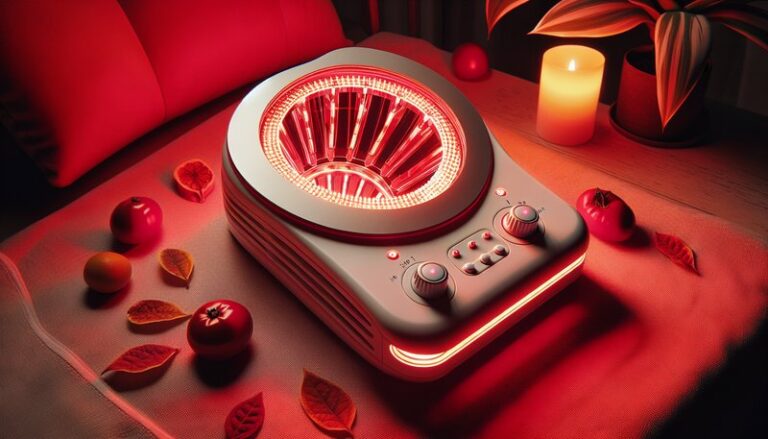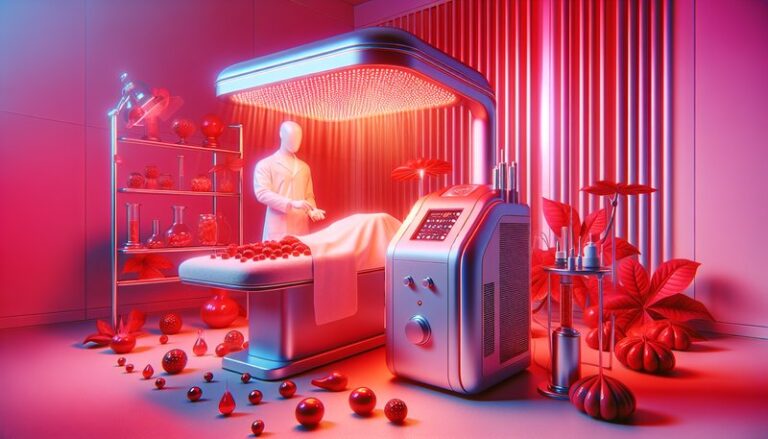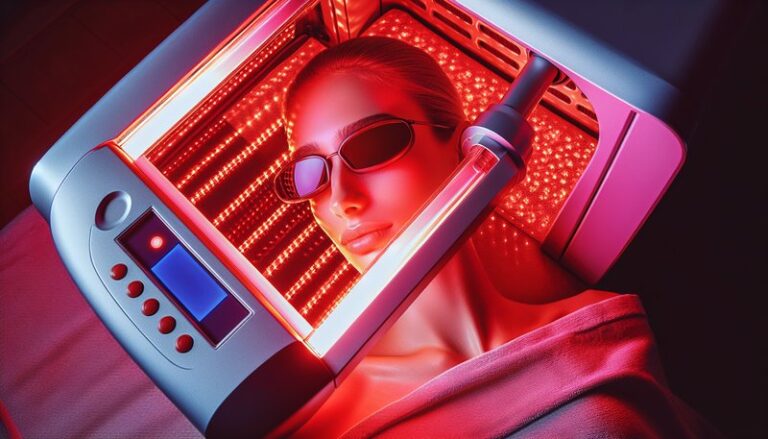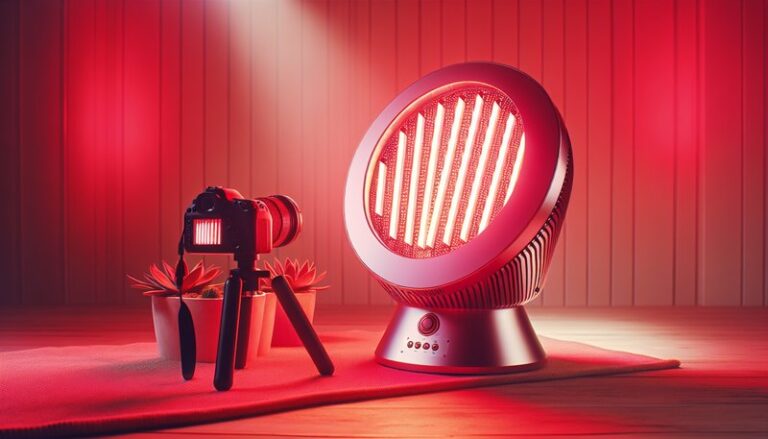Can Red Light Therapy Burn You?
Have you ever wondered if red light therapy (RLT) could cause burns or skin damage?
This article will explore red light therapy, its safety, potential for burns, benefits, and alternative treatments. You will gain a well-rounded understanding of this popular wellness therapy and whether it poses any risks.
Key Takeaways
- Red light therapy is generally safe and does not cause burns when used properly.
- It is beneficial for skin health, inflammation reduction, and promoting wound healing.
- Precautions should be taken to avoid improper usage, which can lead to skin irritation.
What is Red Light Therapy?
Red light therapy is a non-invasive treatment that uses low-wavelength red light to penetrate the skin. It is often used for rejuvenating skin, promoting healing, and reducing pain.
The technology works by stimulating cellular processes and has been used in both medical and cosmetic applications. RLT is commonly found in clinics, spas, and home-use devices, making it increasingly accessible to the general public.
RLT operates on the principle of photobiomodulation, where specific light wavelengths can affect cellular function. The light energy is absorbed by the mitochondria in cells, enhancing their production of adenosine triphosphate (ATP), which helps improve cellular metabolism and recovery.
What are the Benefits of Red Light Therapy?
Red light therapy offers various benefits that cater to multiple health and beauty needs. The following points highlight its advantages in detail.
Enhances Skin Health
RLT can boost collagen production, improve skin texture, and reduce signs of aging such as wrinkles and fine lines. Studies have shown that regular usage can result in noticeable improvements in skin tone and elasticity.
Reduces Inflammation and Pain
Red light has anti-inflammatory properties, making it effective in treating conditions such as arthritis, muscle pain, and joint disorders. Many users report significant pain relief after undergoing RLT treatments.
Promotes Wound Healing
Medical professionals often utilize red light therapy to accelerate the healing of wounds, cuts, and surgical sites. Research indicates that RLT can significantly enhance the healing process by promoting cell regeneration.
Improves Hair Growth
RLT has been shown to support hair growth in individuals suffering from conditions like androgenetic alopecia. By stimulating hair follicles, RLT helps increase blood flow and promotes healthier hair.
Is it Possible to Burn from Red Light Therapy?
While the idea of burning may arise, red light therapy is designed to be safe and gentle for the skin. The likelihood of burns is extremely low if the therapy is conducted correctly.
What are the Advantages of Safe Red Light Therapy Use?
Practicing red light therapy with caution can present multiple advantages, including:
- Non-invasive procedure: RLT can offer results without the need for surgical intervention.
- Minimal side effects: Most individuals experience little to no adverse reactions, making it a suitable choice for many.
- Convenience: Home-use devices allow for therapy sessions to be conducted comfortably in one’s residence.
What are the Disadvantages of Improper Usage?
When red light therapy is not applied correctly, certain disadvantages may arise:
Uncover the facts in Can Red Light Therapy Cause Melasma?
- Skin irritation: Prolonged exposure to high-intensity devices can lead to skin irritation or discomfort.
- Ineffective results: Using devices incorrectly, such as at the wrong distance or with inappropriate duration, may result in substandard outcomes.
- Eye safety concerns: Direct exposure to intense red light can be harmful to the eyes if proper eyewear is not used.
What are the Things to Consider Before Using Red Light Therapy?
Before commencing red light therapy, consider these crucial factors:
Consultation with a Professional
It is advisable to consult healthcare professionals familiar with RLT, especially if you have existing skin conditions or health concerns. They can provide tailored recommendations based on your needs.
Choosing the Right Device
With various devices available on the market, selecting an FDA-cleared or clinically endorsed device ensures safety and efficacy.
Understanding Treatment Duration and Frequency
Learning about optimal session lengths and frequencies will help maximize the benefits of RLT. Adhering to guidelines prevents overuse and related skin issues.
Monitoring Skin Reactions
Keep track of how your skin responds to the therapy. If any irritation or adverse effects occur, cease treatment and seek advice from a health professional.
What are the Alternatives to Red Light Therapy?
If red light therapy is not suitable for you, consider the following alternative treatments:
LED Light Therapy
LED light therapy utilizes different wavelengths to target various skin concerns, such as acne or hyperpigmentation, and can be customized based on individual needs.
Microdermabrasion
A popular cosmetic procedure, microdermabrasion gently exfoliates the outer layer of the skin to improve texture, tone, and overall appearance.
Chemical Peels
Chemical peels use acid solutions to exfoliate the skin, promoting cell turnover and improving the look of fine lines, dark spots, and blemishes.
Topical Treatments
Over-the-counter creams and serums infused with retinoids, peptides, or hyaluronic acid can also aid in skin rejuvenation and healing.
See why in Red Light Therapy Cost?
Conclusion: Is it Recommended to Use Red Light Therapy?
Red light therapy is a safe option for enhancing skin health, reducing pain, and promoting healing, provided it is used according to guidelines. With minimal risk of burns when properly utilized, many individuals find RLT a beneficial addition to their wellness routine. Always consult a healthcare professional before starting any new treatment to ensure it aligns with your specific health needs.
Frequently Asked Questions
Can red light therapy cause skin irritation?
While RLT is generally safe, improper usage or using devices at high intensities can lead to minor skin irritation. It’s essential to follow guidelines to minimize risks.
How often should I do red light therapy?
For optimal results, many recommend sessions 3-5 times a week, with each session lasting about 10-20 minutes. However, personal needs may vary.
Is red light therapy effective for acne?
Research indicates that red light therapy can help reduce acne inflammation and promote healing of existing blemishes. It can be an effective part of an overall skin care strategy.
Can anyone use red light therapy?
Most individuals can safely use RLT. However, those with specific medical conditions or skin sensitivities should consult a doctor before beginning treatment.
What devices are best for home use?
Look for FDA-cleared devices with appropriate wavelength specifications (around 600-650 nm) for skin benefits, ensuring you choose a reputable brand for safety and effectiveness.
